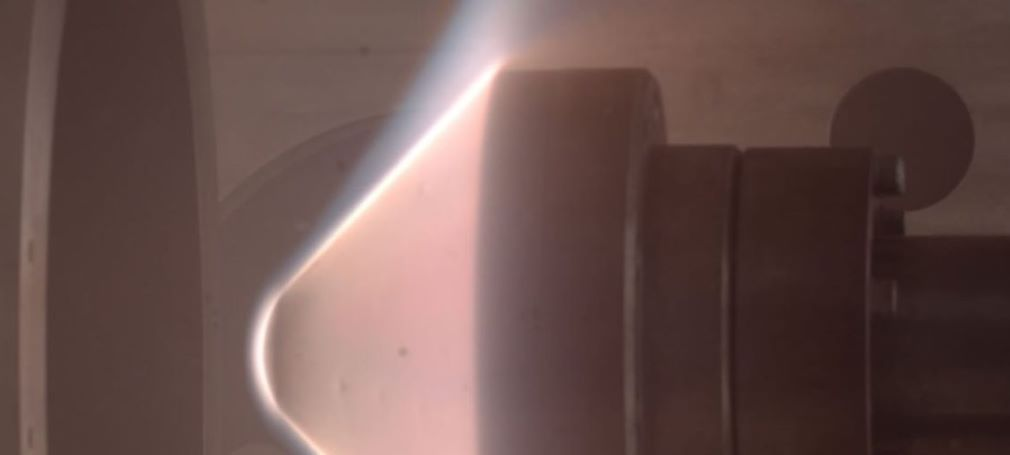Speaker
Description
QUALIFICATION OF THE NASA AMES EAST LOW DENSITY SHOCK TUBE
Brett A. Cruden(1)
(1)AMA Inc, NASA Ames Research Center, Moffett Field, CA 94035, USA, E-mail:Brett.A.Cruden@nasa.gov
The Electric Arc Shock Tube Facility (EAST) at NASA Ames Research Center is a well established shock tube facility for quantifying shock layer radiation phenomena. First operated in 1965, EAST consisted of an arc driver into a 10 cm (4”) diameter stainless steel driven tube. A second stainless steel 60 cm (24”) diameter tube, utilizing the same driver, was installed in 1971. The 24” tube saw limited use over the next 20 years, but some results were reported by Sharma and Park in 1989.[1] As a result of this study, the 4” diameter stainless tube was replaced with an aluminum tube and the 24” diameter tube was mothballed for the foreseeable future.
In 2012, the 24” diameter tube was recommissioned and dubbed the Low Density Shock Tube (LDST). Results from these tests in LDST were reported in [2, 3]. Findings during these tests were that the tube, due to sub-standard machining and acceptance criteria, generated a number of shock patterns which disrupted useful radiation measurements. Some re-machining and re-arrangement of the tube was conducted, which enabled a reasonable throughput of test data to be obtained [4]. At the completion of these tests in 2015, the LDST was decommissioned, and work begun on a replacement facility for LDST.
The new LDST is an 18.6 m long, 54.1 cm (21.3”) diameter aluminum tube that couples to the existing EAST driver. The test section is an expanded version of the HVST test section, with 32 round diagnostic ports for pressure and line of sight optical measurements (e.g. laser absorption) and two oblong ports for imaging spectroscopy of the shock structure along the tube centerline. The EAST driver discharges into a 3.7m long, 10 cm diameter tube before expanding through a 15º cone into the larger diameter. The observation window is approximately 16m from the beginning of the larger diameter and 21m downstream from the cone. The initial tests in LDST are scheduled to begin in the summer of 2024 and will focus on conditions relevant to the earlier part of the Dragonfly entry to Titan.
This paper will report on status and development of the LDST, including previous studies that lead to its replacement, specification of the new tube, and initial testing in LDST. Overlap conditions of LDST to HVST will be presented.
- Sharma, S. P., and Park, C. "Operating Characteristics of a 60-and 10-cm Electric Arc-Driven Shock Tube, Part II: The Driven Section," Journal of thermophysics and heat transfer Vol. 4, No. 3, 1990, pp. 266-272
- Bogdanoff, D. W., and Cruden , B. A. "Optimizing Facility Configurations and Operating Conditions for Improved Performance in the NASA Ames EAST 24 Inch Shock Tube," Vol. NASA/TM-2016-219164, NASA/TM-2016-219164, No. NASA/TM-2016-219164, 2016,
- Cruden, B. A. "Radiance Measurement for Low Density Mars Entry," 43rd AIAA Thermophysics Conference 2012-2742, 2012,
- Cruden, B. A., and Brandis, A. M. "Measurement of Radiative Non-equilibrium for Air Shocks Between 7-9 km/s," 47th AIAA Thermophysics Conference 2017-4535, 2017. doi: 10.2514/6.2017-4535
Summary
EAST Shock Tube

